Table of Contents
The History of the Unit of hall coefficient:
The Hall coefficient is a physical constant that relates the magnitude of a magnetic field to the electric current flowing through a material. It was discovered by Edwin Hall in 1879 and is named after him.
The Hall coefficient is a measure of the material’s response to an applied magnetic field and is expressed as a ratio of the induced electric field to the applied magnetic field.
Unit of Hall coefficient
The Hall coefficient is commonly expressed using two different units: m³/A-sec (equivalent to m³/C in SI units) and Ohm-cm/G (a hybrid unit that combines the practical quantities of volt and amp with the CGS units of centimeter and Gauss). To convert a Hall coefficient value from the hybrid unit to SI units, one can simply multiply the hybrid value by 100, since m³/C is equal to one-hundredth of Ohm-cm/G.
The Hall effect is related to the Lorentz force, which is the force exerted on a charged particle when it is placed in a magnetic field. The Lorentz force is perpendicular to the direction of the magnetic field, and it causes a current to flow in a direction perpendicular to both the magnetic field and the current.
The current is called a Hall current, and the phenomenon is known as the Hall effect. The Hall coefficient is defined as the ratio of the Hall voltage (the induced electric field) to the applied magnetic field.
The Hall coefficient is a material-dependent constant, and it is typically measured in units of V/T (volts per tesla).
The Hall coefficient is a useful tool for researchers in the field of material science and engineering, as it provides insight into the transport properties of a material. It is also useful for identifying different materials, as different materials have different Hall coefficients.
The Hall coefficient has been used to study a wide range of materials, including semiconductors, metals, and superconductors. It has also been used to study the effects of temperature, pressure, and other external factors on the transport properties of a material.
The Hall coefficient is an important parameter in many applications, such as the development of magnetic sensors, the design of high-speed electronic circuits, and the optimization of the performance of electric motors.
The Hall coefficient is a physical constant that is used to measure the magnitude of the Hall effect in a material. It is defined as the ratio of the induced electric field to the product of the current density and the magnetic field. It is a dimensionless quantity and is denoted by the symbol R_H.
The Hall coefficient is an important parameter in determining the electrical properties of a material. It is an indication of the type of charge carriers present in the material and is used to study the electronic structure of materials.
It can also be used to identify different types of semiconductors. The Hall coefficient is determined experimentally by measuring the Hall voltage, which is the voltage developed across a sample when a magnetic field is applied perpendicular to it.

The Measurement of the unit of the hall coefficient:
It is a measure of the mobility of charge carriers in a material, usually expressed in cm2/V-s. It is named after the American physicist Edwin Hall, who discovered the effect in 1879.
The Hall coefficient is calculated by measuring the transverse voltage (Hall voltage) generated by an electric current in a magnetic field along the direction of the current. The Hall coefficient is defined as the ratio of the Hall voltage VH to the product of the current I and the applied magnetic field.
The Application of the Unit of the hall coefficient:
The Hall coefficient is a dimensionless quantity used to measure a magnetic field’s strength when an electric current is applied to a material. It is used to characterize the properties of semiconductors, metals, and other materials that interact with magnetic fields.
The Hall coefficient is most commonly measured in units of inverse meters (1/m). The Hall coefficient is named after Edwin Hall, an American physicist who first described the effect in 1879.
The Hall coefficient is calculated based on the measured voltage difference between two points in a material when a magnetic field is applied in one direction and an electric current is applied in the other.
The Hall coefficient is calculated by dividing the voltage difference by the product of the magnetic field intensity and the electric current. The Hall coefficient is used in a variety of applications, including the characterization of the electrical properties of materials and the analysis of the structure of magnetic fields.
It can also be used to measure the Hall effect, which is the production of voltage in a material when a magnetic field is applied perpendicular to an electric current.
This phenomenon is used in a wide range of applications, including the measurement of magnetic fields in magnetic resonance imaging (MRI) systems and the design of magnetic field sensors.
In addition, the Hall coefficient can be used to characterize the properties of materials at high temperatures, such as superconductors. The Hall coefficient is also used to study the properties of semiconductors, such as the band gap, carrier concentrations, and electron mobility.
It can also be used to determine the type of semiconductor material, such as n-type or p-type, and to measure the Hall mobility of a material.
The Hall coefficient can also be used to study the properties of metals, including their electrical conductivity and magnetization.
The Safety considerations of the unit of hall coefficient:
Safety considerations for the unit of hall coefficient should include the following:
1. Wear personal protective equipment (PPE) such as eye protection, gloves, and a lab coat when experimenting.
2. Ensure that all electrical connections are secure and that any exposed wires are properly insulated.
3. Avoid contact with the magnetic field generated by the Hall effect device.
4. Make sure to use the appropriate power supply for the experiment.
5. Make sure a qualified technician is available to assist with any setup or troubleshooting.
6. Be aware of any safety hazards associated with the device.
7. Have a basic understanding of the physics behind the experiment and the principles involved.
8. Take appropriate steps to ensure that the measurements are accurate and reliable.
9. Clean up any messes and dispose of any hazardous materials properly.
10. Disconnect the device from the power supply before performing any maintenance or repairs.
Hall coefficient is that it is an important quantity for understanding the properties of a material. It is a measure of the ratio of the transverse Hall voltage to the longitudinal current that flows through a material when a magnetic field is applied perpendicularly to it.
The Hall coefficient can be used to distinguish between different types of materials and to measure the mobility of the charge carriers in a material. The Hall coefficient is also important in studying semiconductors, as it can provide information about the concentration of carriers in a material.
The References:
The Hall coefficient (R_H) is a physical constant that describes how a material responds to a magnetic field.
The Hall coefficient is a measure of the resistance of a material to the magnetic field and is used to characterize a range of materials, from semiconductors to superconductors.
The Hall coefficient was first discovered by physicist Edwin Hall in 1879 and is named after him. The Hall coefficient is related to the material’s electrical conductivity (σ) and magnetic susceptibility (χ).
Also, read NADPH full form





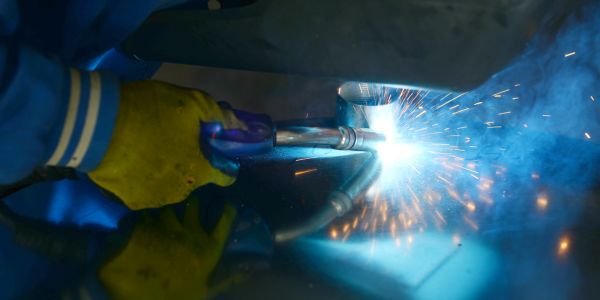
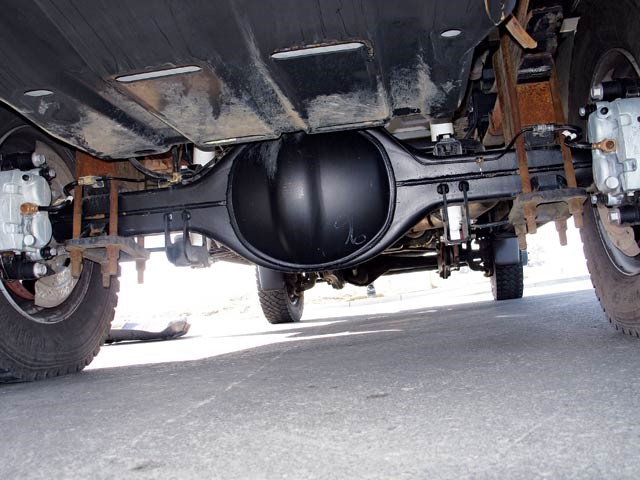
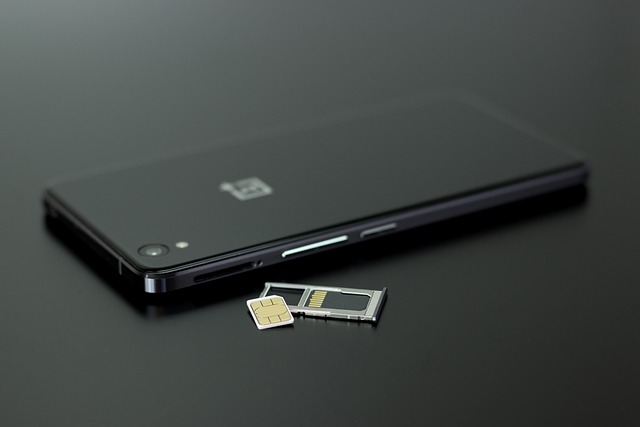








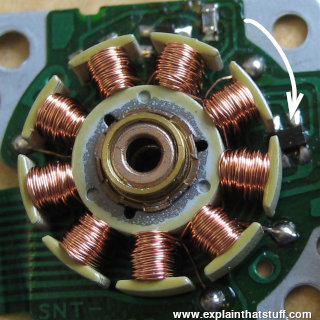
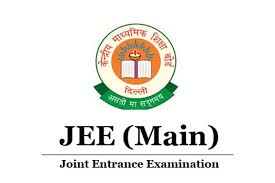




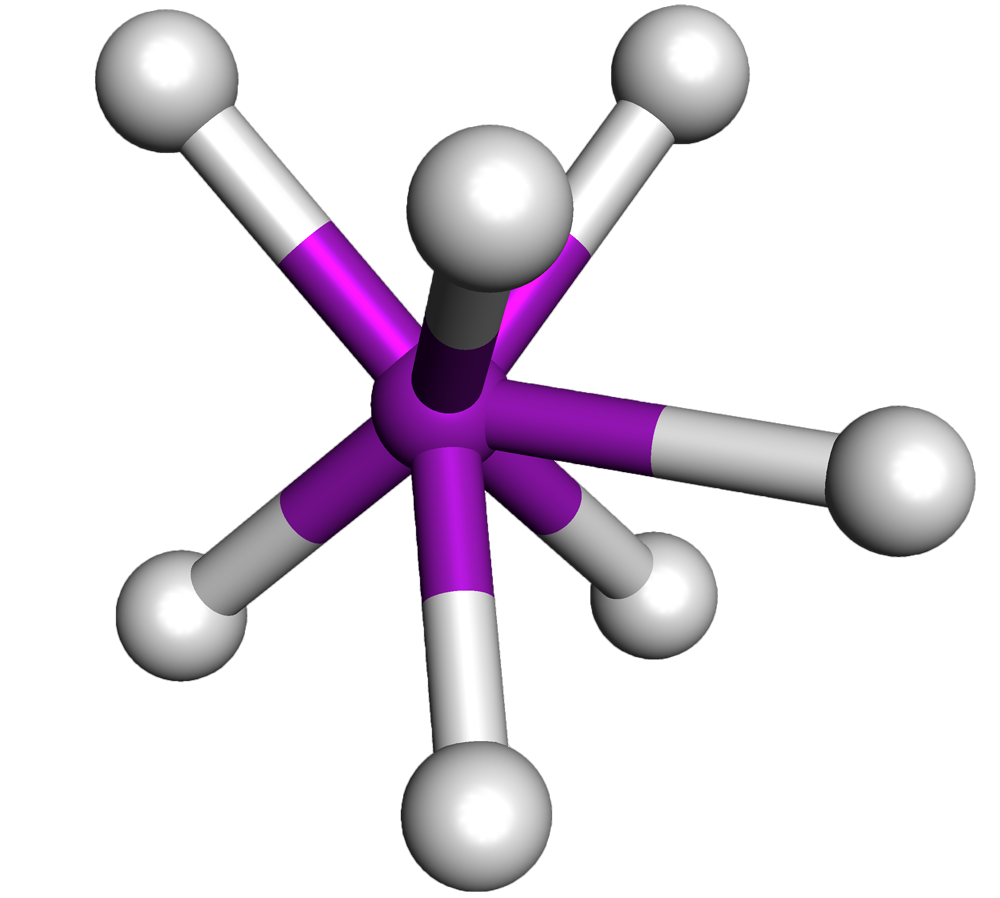




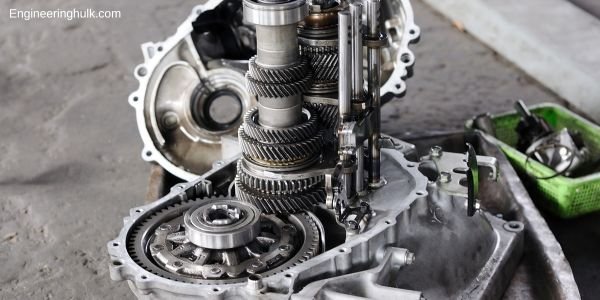



Comment on “Unit of Hall Coefficient – m³/A-sec & Ohm-cm/G”
Comments are closed.